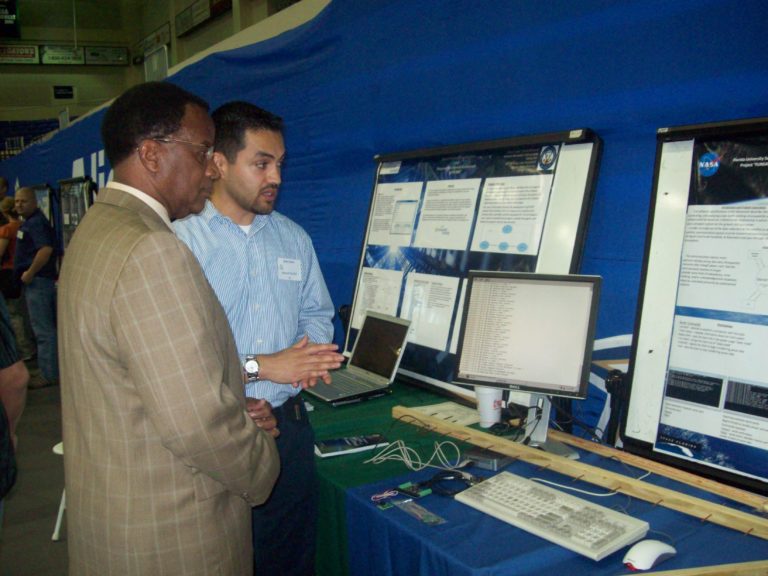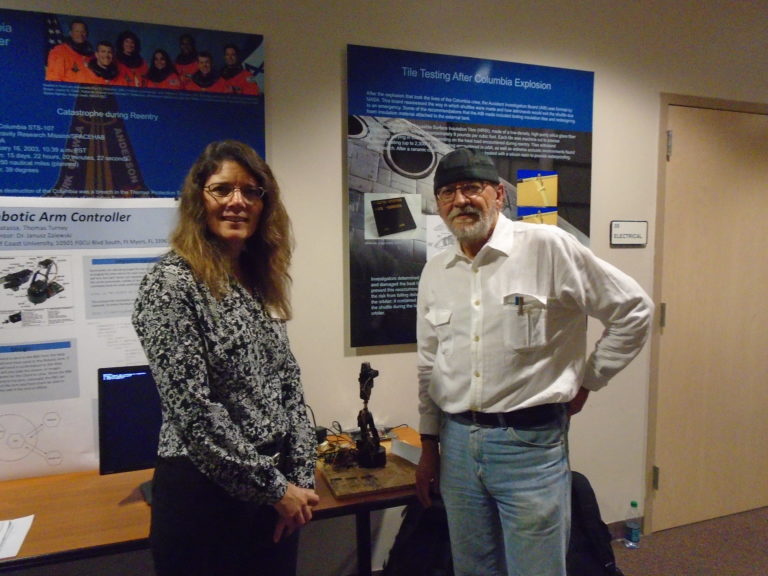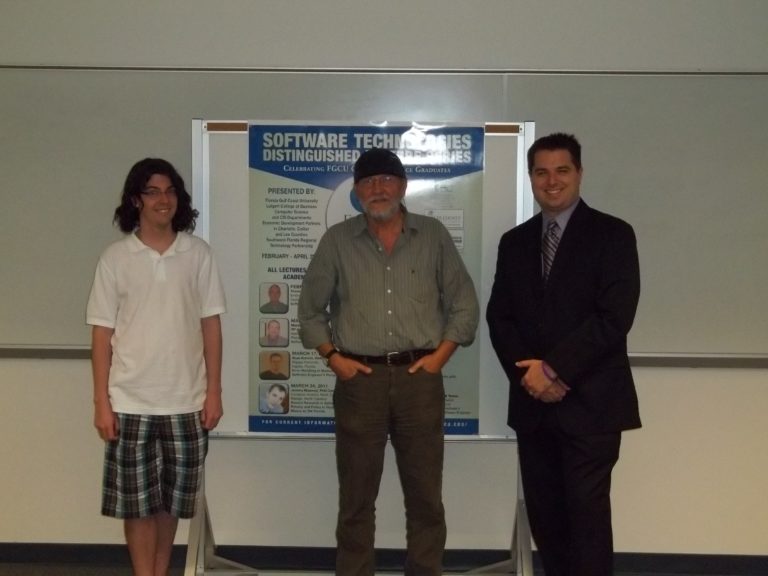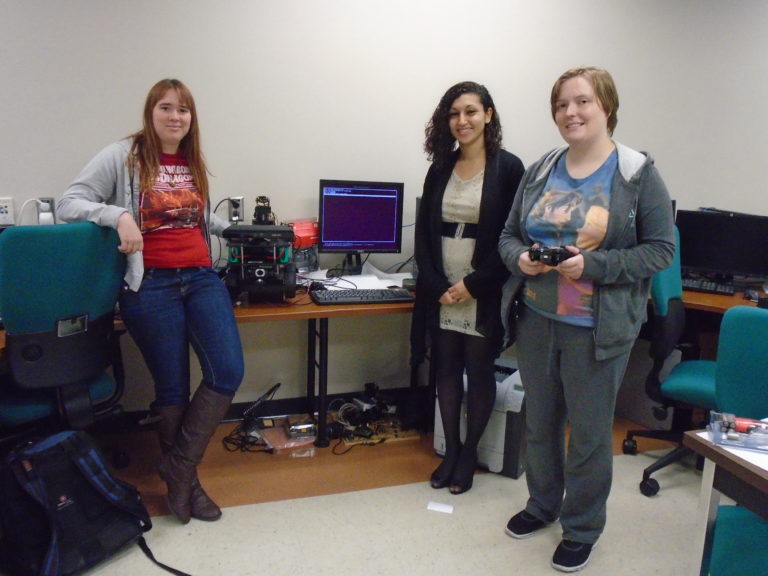



2005 Research
by Dr. Janusz Zalewski
Experimental evaluation of software development tools for safety-critical real-time systems
A.J. Kornecki, J. Zalewski
Innovations in Systems and Software Engineering: A NASA Journal, Vol. 1, pp. 176-188, 2005.
Abstract: Since the early years of computing, programmers, systems analysts, and software engineers have sought ways to improve development process efficiency. Software development tools are programs that help developers create other programs and automate mundane operations while bringing the level of abstraction closer to the application engineer. In practice, software development tools have been in wide use among safety-critical system developers. Typical application areas include space, aviation, automotive, nuclear, railroad, medical, and military. While their use is widespread in safety-critical systems, the tools do not always assure the safe behavior of their respective products. This study examines the assumptions, practices, and criteria for assessing software development tools for building safety-critical real-time systems. Experiments were designed for an avionics testbed and conducted on six industry-strength tools to assess their functionality, usability, efficiency, and traceability. The results shed some light on possible improvements in the tool evaluation process that can lead to potential tool qualification for safety-critical real-time systems.
Component-based HazOp and Fault Tree Analysis in Developing Embedded Real-Time Systems with UML
S. Lu, W. Halang, J. Zalewski
WSEAS Transactions on Computers, Vol. 4, No. 12, pp. 1852-1857, December 2005.
Abstract: Since the early years of computing, programmers, systems analysts, and software engineers have sought ways to improve development process efficiency. Software development tools are programs that help developers create other programs and automate mundane operations while bringing the level of abstraction closer to the application engineer. In practice, software development tools have been in wide use among safety-critical system developers. Typical application areas include space, aviation, automotive, nuclear, railroad, medical, and military. While their use is widespread in safety-critical systems, the tools do not always assure the safe behavior of their respective products. This study examines the assumptions, practices, and criteria for assessing software development tools for building safety-critical real-time systems. Experiments were designed for an avionics testbed and conducted on six industry-strength tools to assess their functionality, usability, efficiency, and traceability. The results shed some light on possible improvements in the tool evaluation process that can lead to potential tool qualification for safety-critical real-time systems.
